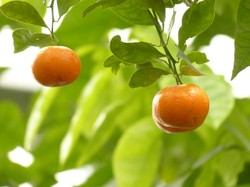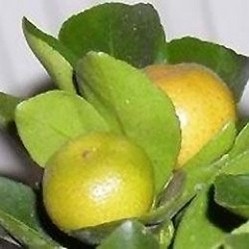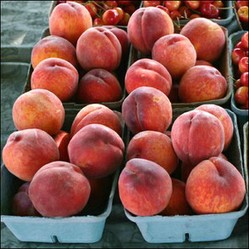Because Calamondin are not very well known in Europe, some gardeners mistake them for Kumquats, as both are small citrus fruit trees with orange fruit, but the two are very different. Calamondins are not kumquats - kumquats have a different internal structure (only 4 segments) and thicker peel, while Calamondins are more like miniature oranges, and have seeds internally.
Importantly to cooks, the flavour is completely different. Kumquats are sweet while Calamondins are exceptionally sour. If you use a Calamondin in a recipe, the effect is closer to using a whole full size lemon.
Calamondin can be used to cook while still green, but the flavour will be even sharper. When orange, they are comparable to lemons. When green, it is closer to limes, and the peel is far less sweet.







 Alternatives to Tweetdeckon 03/06/2015
Alternatives to Tweetdeckon 03/06/2015
 Computer Game reviewson 02/28/2015
Computer Game reviewson 02/28/2015
 The Bard's Taleon 02/04/2015
The Bard's Taleon 02/04/2015
 Domeboon 02/04/2015
Domeboon 02/04/2015



Comments
Thanks for the comment. Ber is very similar, but it's not quite the same plant. Ber is Ziziphus Mauritiana, and Calamondin are Citrofortunella microcarpa. You can tell the difference if you eat one - if it makes you reach for sugar, it's a calamondon! (I've never managed to grow Ber, they don't like the British climate much).
I think the calamondin you are talking about also grows in India. It resembles a fruit we call "Ber" or "Bor". I love to eat it raw, it has a sweet-sour taste.